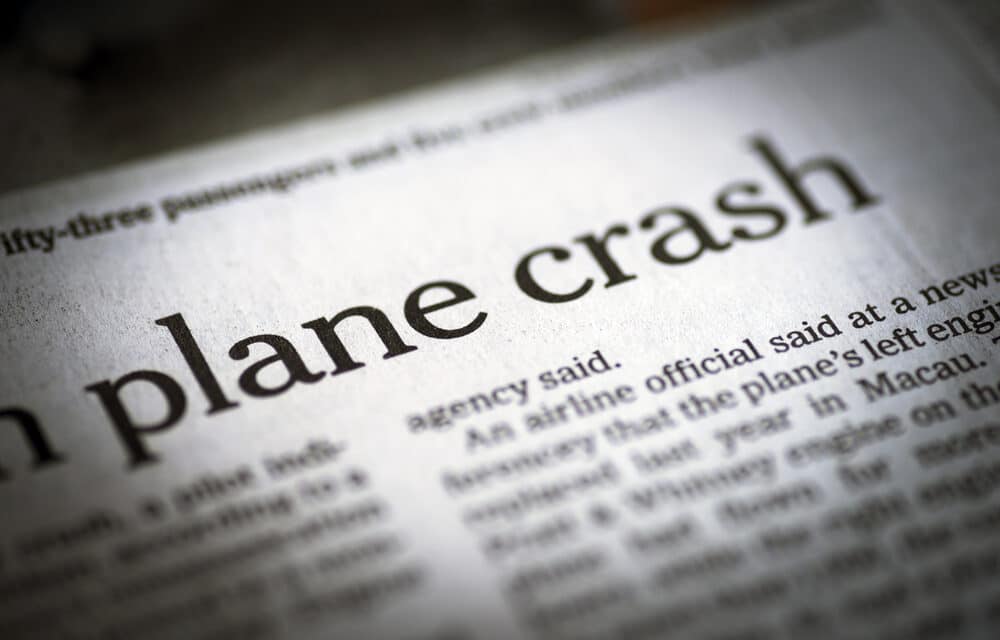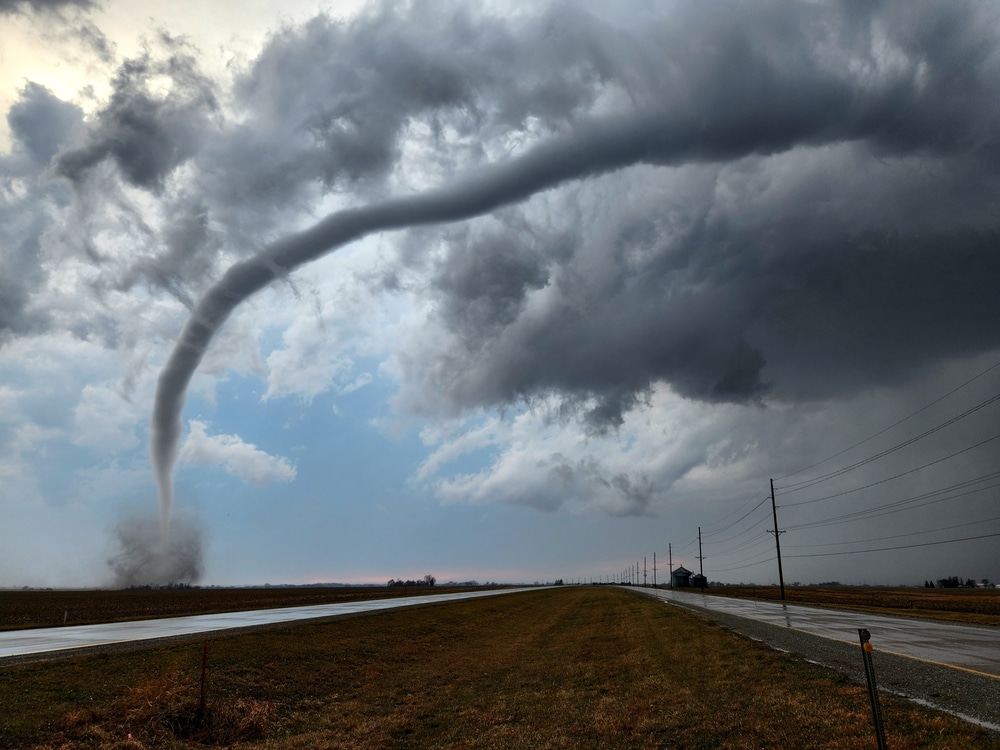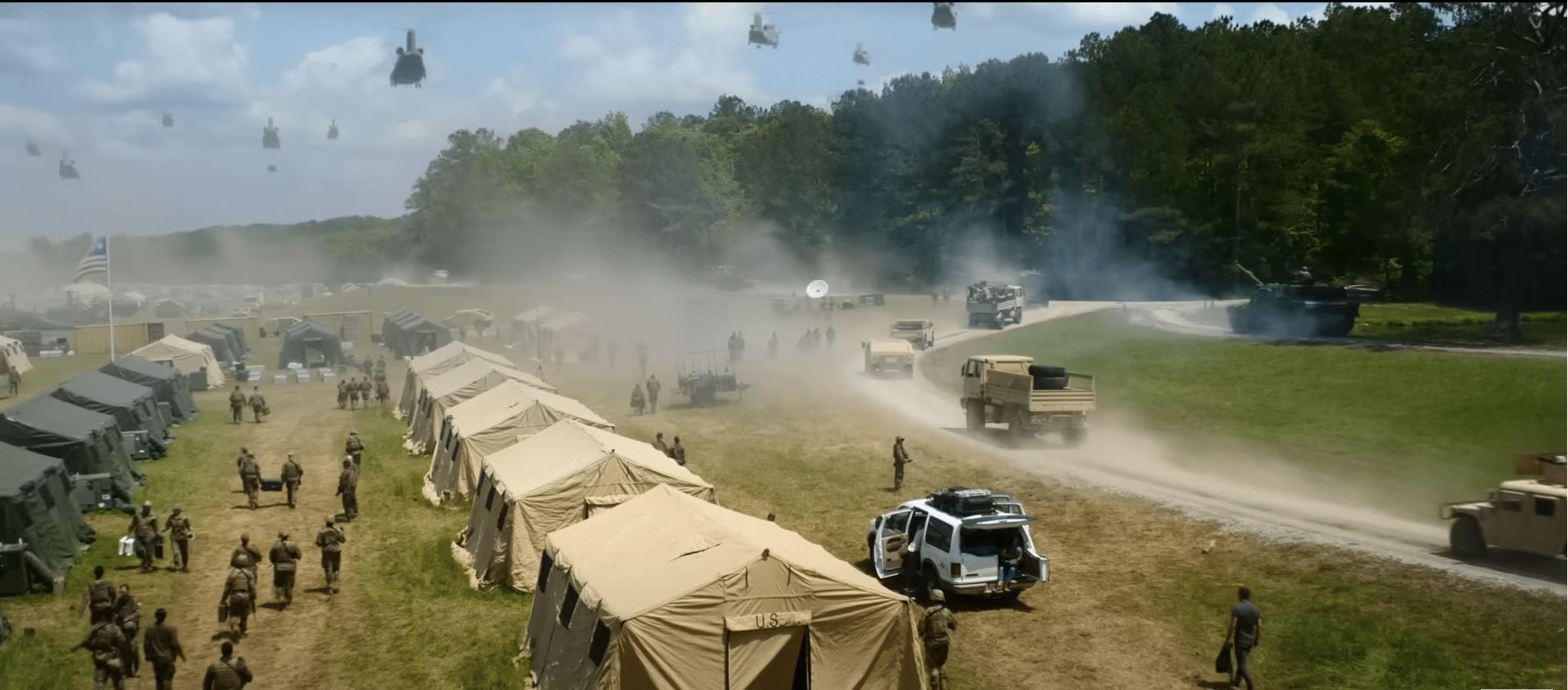Experts have started to speculate about the causes of a horrifying plane crash that was caught on camera on Monday that showed a China Eastern Airlines Boeing 737-800 crashing vertically into the ground.
Flightradar24 released data from the flight that showed the aircraft was cruising at just over 29,000 feet when it then plunged more than 20,000 feet in under a minute before later slamming into the ground. Rescue crews have not been able to locate any survivors of the more than 130 people that were onboard the flight.
“Even with total loss of power, no aircraft plummets to the ground from 20,000 feet in two minutes with an event at 8,000 feet,” Australian aviation expert Neil Hansford told News.com.au. “I think aircraft technical failure can be ruled out and it will be an external event … I would get on a Boeing 737-800 in an instant with an Australian carrier, so my suggestion would be it won’t be Boeing or aircraft technical related.”
“It is very unlikely the pilot passed out as the non-flying pilot would have been able to very safely take over the flying and land the aircraft,” he continued. “Likely scenarios include pilot suicide, aircraft mid-air collision with military aircraft (they don’t have transponders like civil aircraft), [flight MU5735] was struck by a missile or an on-board explosion.
My tipping is a human-induced event or bought down by a rogue missile. Debris looks like MH117 over Ukraine, and the Chinese are providing too much information this time which is uncharacteristic.”
Speaking to The Sun Online, UKaviation expert Sally Gethin said flight data currently available suggests there was a “10 to 20-second spell where one or more of the pilots regained consciousness and tried to save the plane” before it smashed in the ground.
Ms. Gethin said all of the 132 onboard “would have been unconscious” for this final plunge, and while pilots of all experience levels get plenty of simulator training on the ground — the real world provides a different set of challenges.
“In the real world, they can get overwhelmed or disorientated by sudden events. This is known as the startle effect, and it is very hard to train for that,” she explained. “Even experienced pilots can be caught off guard and that’s when they can make poor judgments. Now there are efforts to recognize that and offer additional training.” Ms. Gethin said it was “unusual” that the co-pilot on board the flight had 30,000 hours of flight experience while the pilot had just 7,000 under their belt.


















